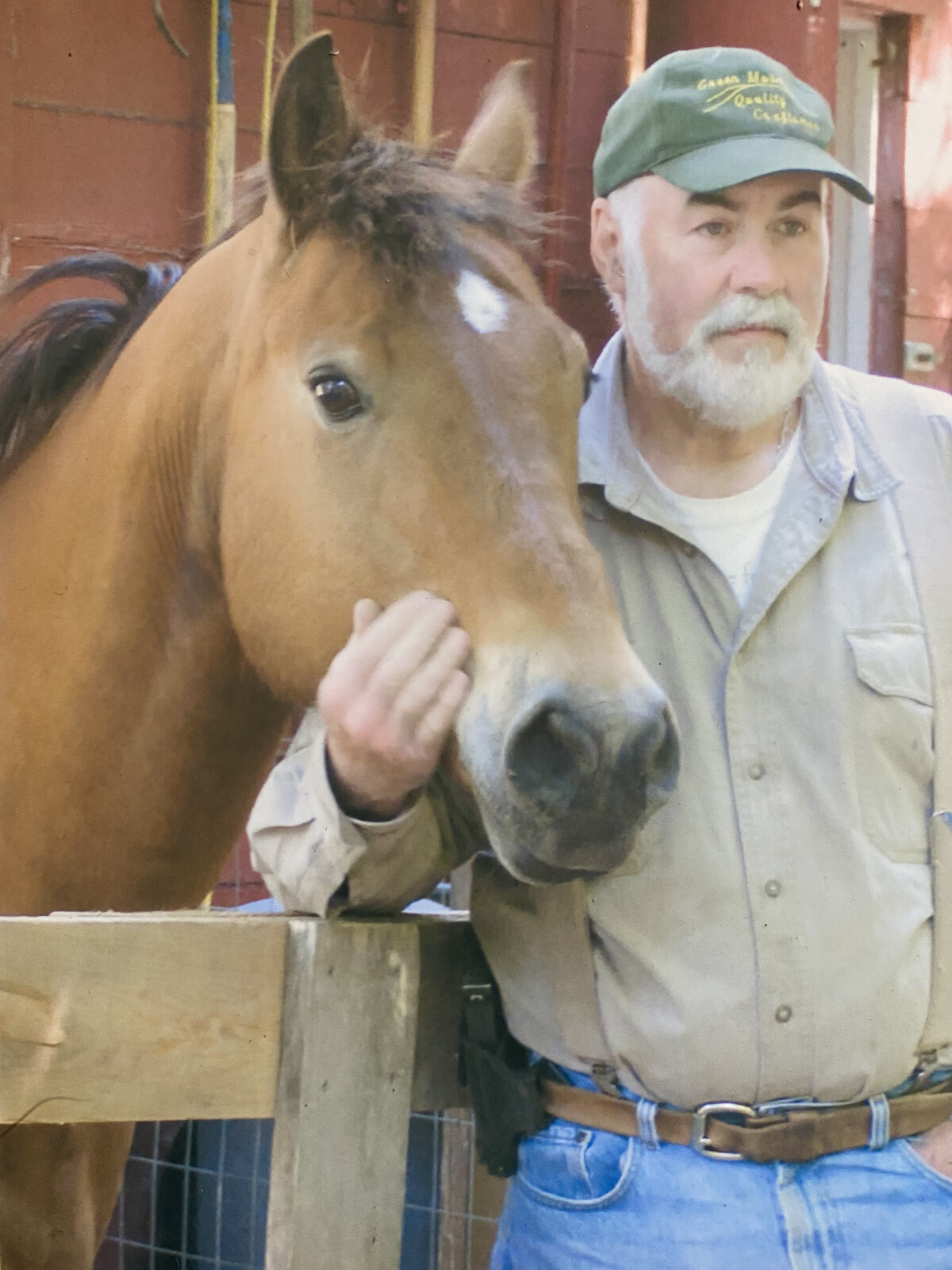
I saw Dollar listed for sale in the newspaper. We had just gotten started with horses and already had two... but I thought Skip (my husband) needed a nice, buckskin QH gelding! Everybody needs a buckskin, right?! Well I went to see "Mac" (his name at the time) and just knew I had to take him home, as I watched the little girl walk under his belly!
Dollar had been a ranch horse out west. He came to VT by way of Pond Hill Ranch. Being new to horses there were so many signs of problems in his body, that a more experienced person would have seen, but I didn't know at the time. And perhaps it was for the best, as I learned so much in caring for Dollar over the years he was with us. I feel as though he came to us to help me in that way.
Dollar was in shoes that were overdue to come off, he had a broken back axis in his front right foot and we would later learn that he had chronic problems with this, right up through his shoulder. It was through these problems with pain and inflammation that I learned about the benefits of using Bentonite Clay as a poultice.
Bentonite clay gets its name from Fort Benton in Wyoming where it is plentiful. It is a clay formed from volcanic ash which contains calcium, magnesium and iron. People have used it for thousands of years to remove impurities on the skin. When used internally, the clay particles absorb and eliminate toxins. It carries a negative charge so it binds to positive charged metals like lead. Some cultures have used it for dietary supplementation as well as a remedy.
In the beginning, while learning to care for my horses, I was calling the vet for so many little things as I had not yet learned how to handle them. I wasn't comfortable with the products I was told to use, by the vets, so I sought out other options. I was fortunate to have been introduced to a local animal communicator/herbalist who shared with me the benefits of using bentonite clay. She showed me how to mix it as a paste by adding cold water using a plastic or wooden spoon (not metal), then slather it over Dollar's hot, inflamed lower leg. After, it was wrapped with a brown paper bag. Later when I started trimming professionally, I carried the clay and supplies to use as needed.
The next piece I added, to bring even more comfort after I learned how fast and well they worked, were Young Living Essential Oils. I started using single oils and blends like Wintergreen, Clove and Copaiba or PanAway to apply couple of drops directly to the sore area then added the bentonite clay over it. Wrapping as needed. Applying a thin layer and allowing the clay to dry, without a covering, has a drawing effect that can be helpful in situations.
It is also helpful when used internally to benefit stomach issues in horses. Mixing 1-3 tsp in cold water to make a slurry that can be added to their feed or given by mouth. It provides a coating that may be beneficial to an upset stomach lining. I've been using it lately for Saxon who has been a little runny on his back end (as we've been out of his Allerzyme and Life 9). It seems to be helping, like when I started him on the enzymes, as his behavior became better. This tells me that he's had some discomfort in his gut that has been remedied by the clay too.
This powder is a great thing to add to your barn health kit. It's easy to mix up and apply. You can even keep a container mixed up and just add a bit more water to make it smooth for application. I like mountainroseherbs.com for many of my herbal needs.
Let me know how it works for you!
All the best,
Marta
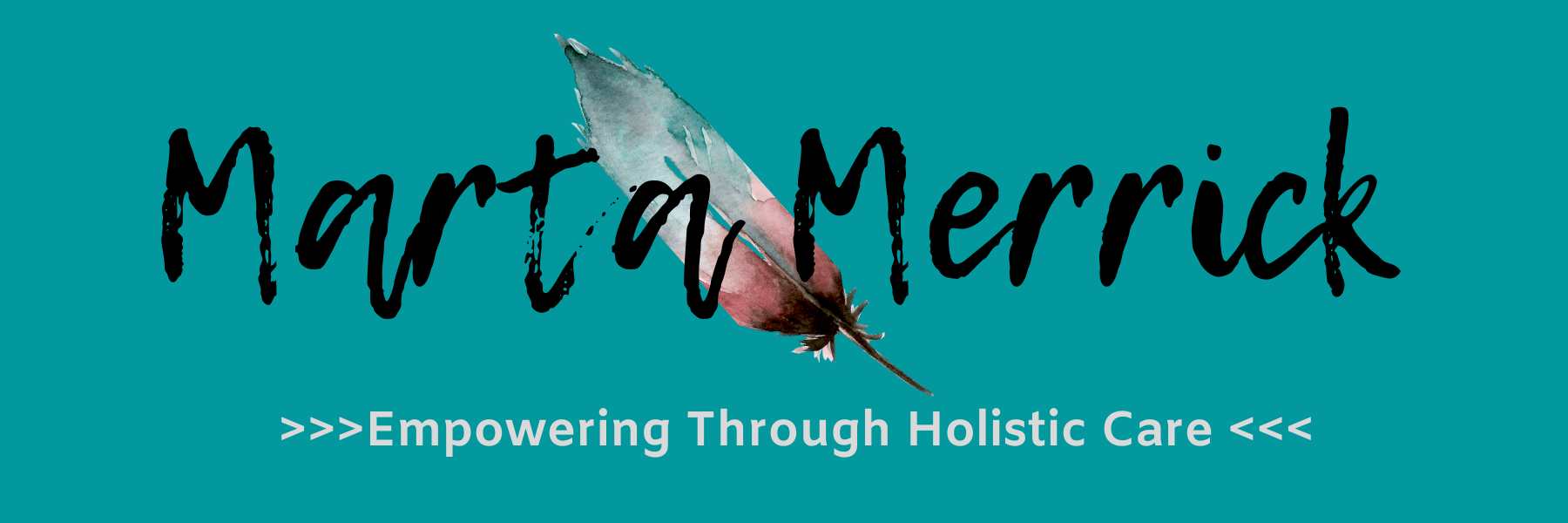


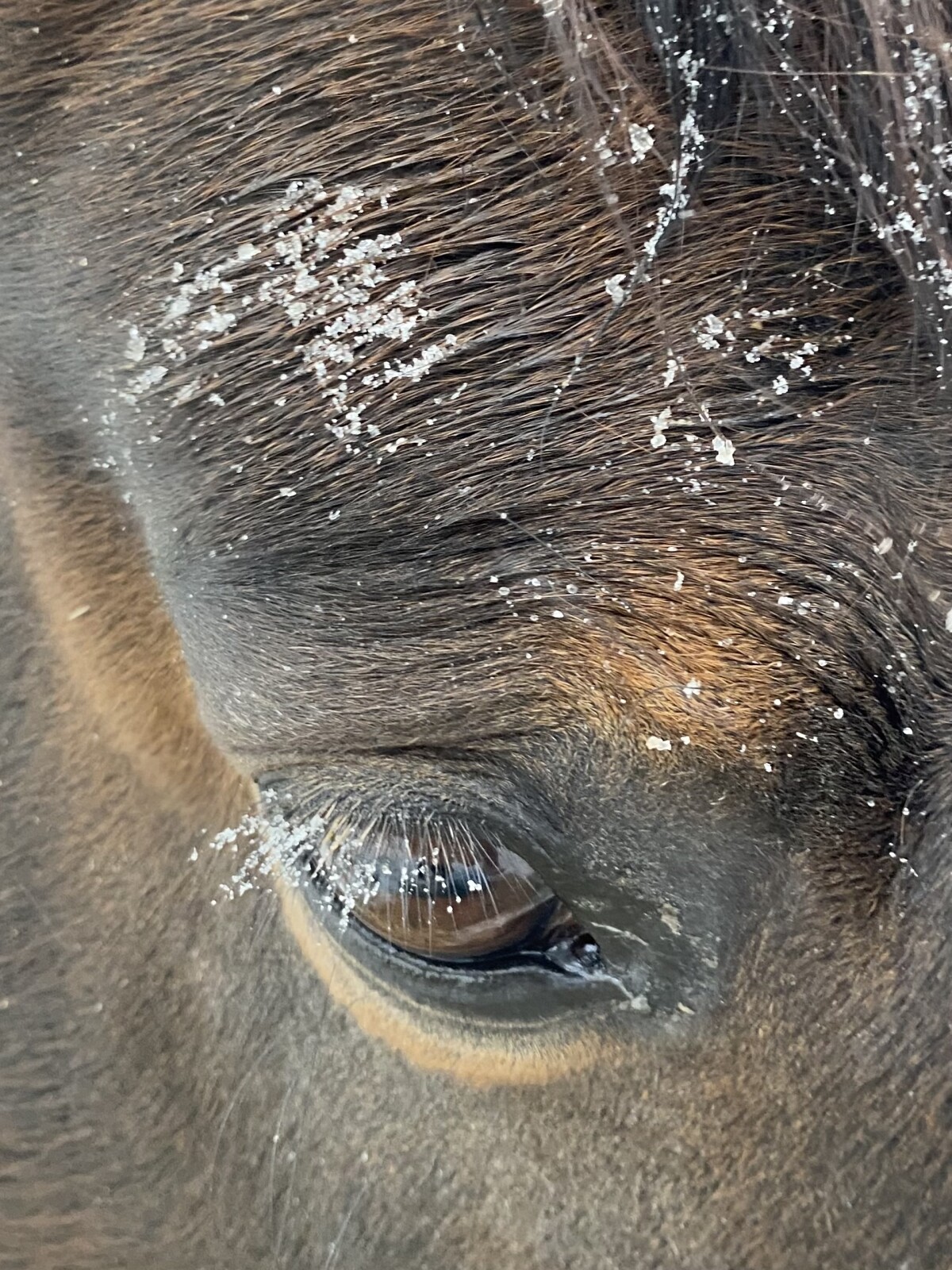
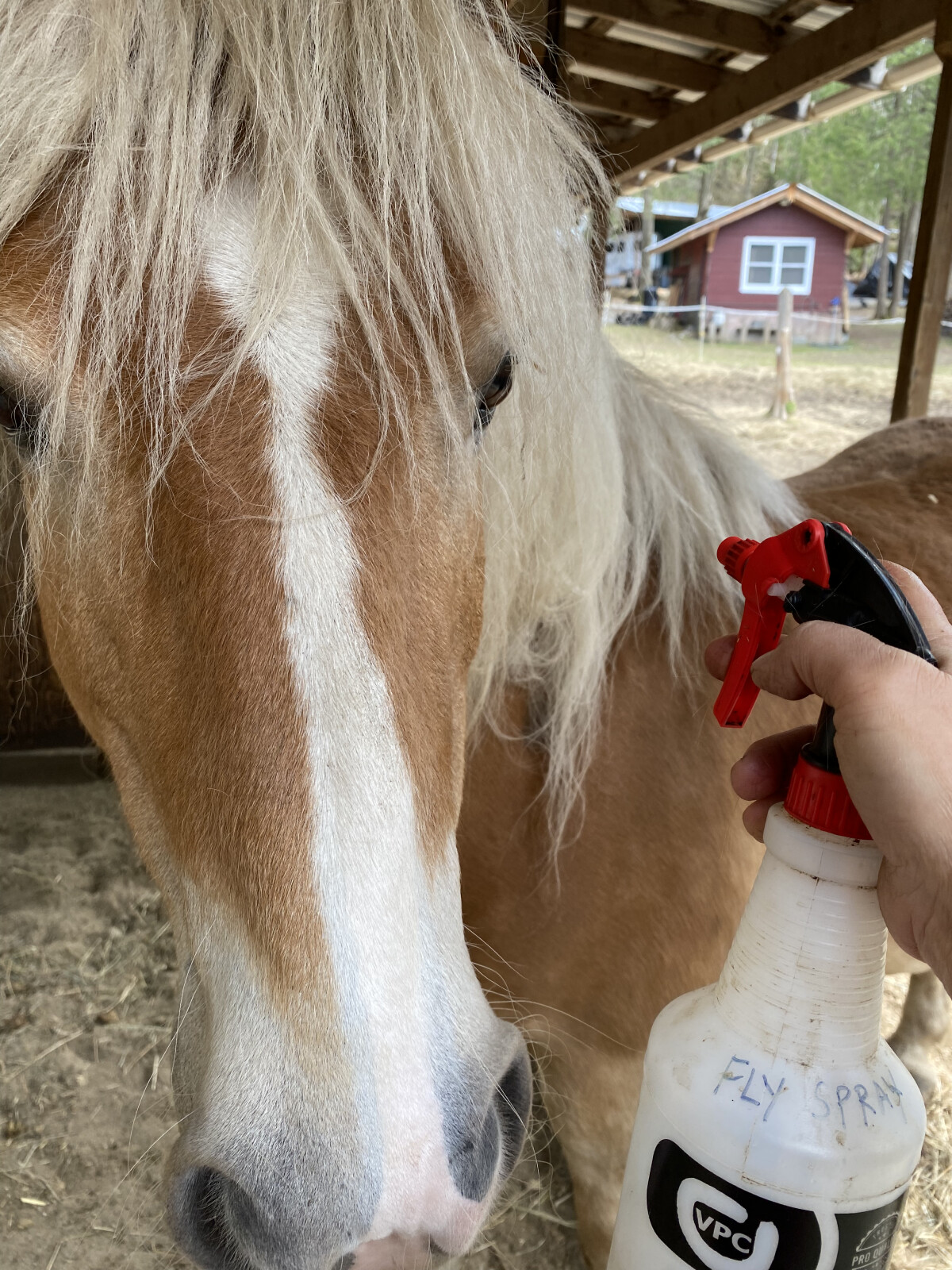
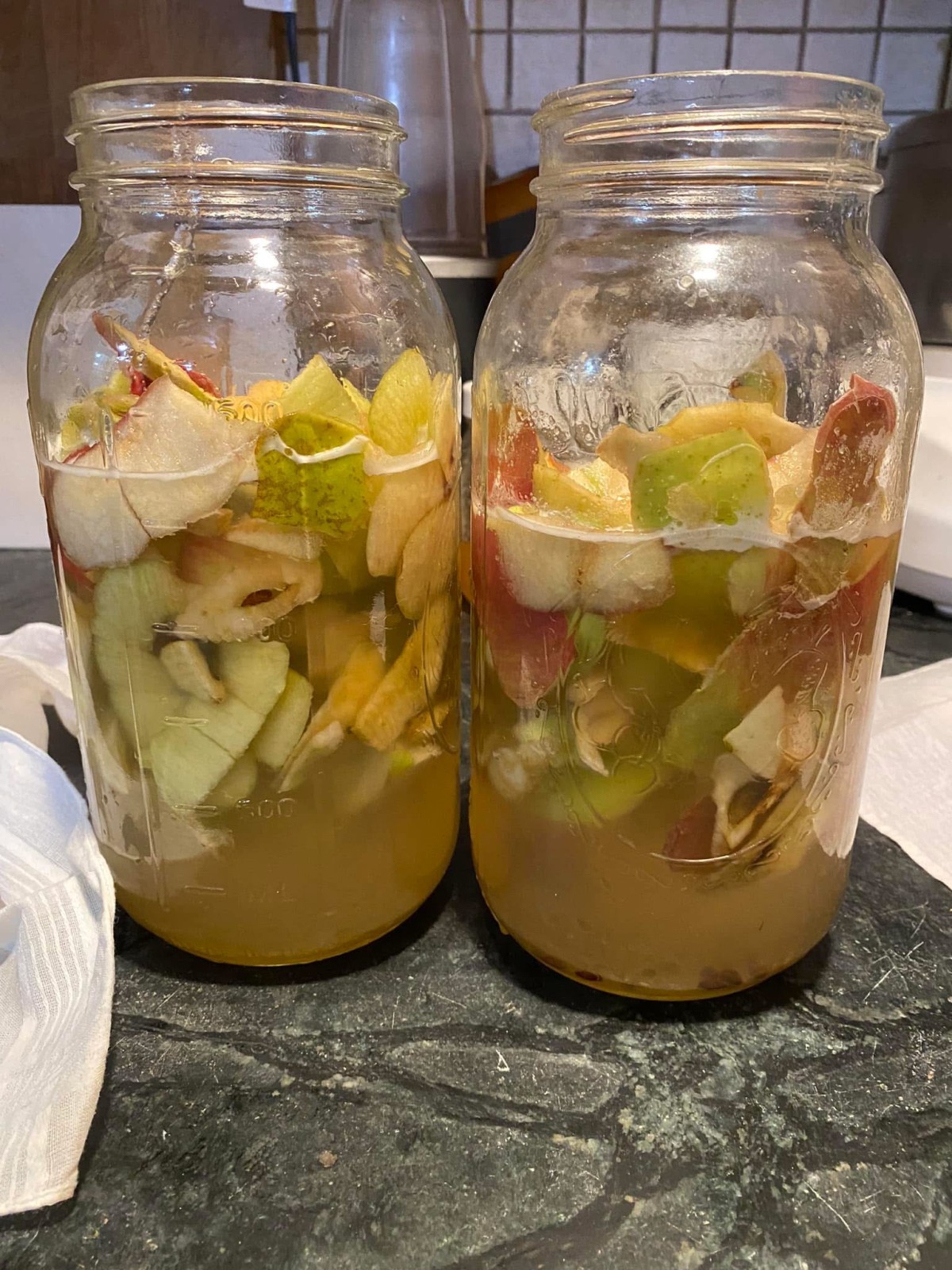

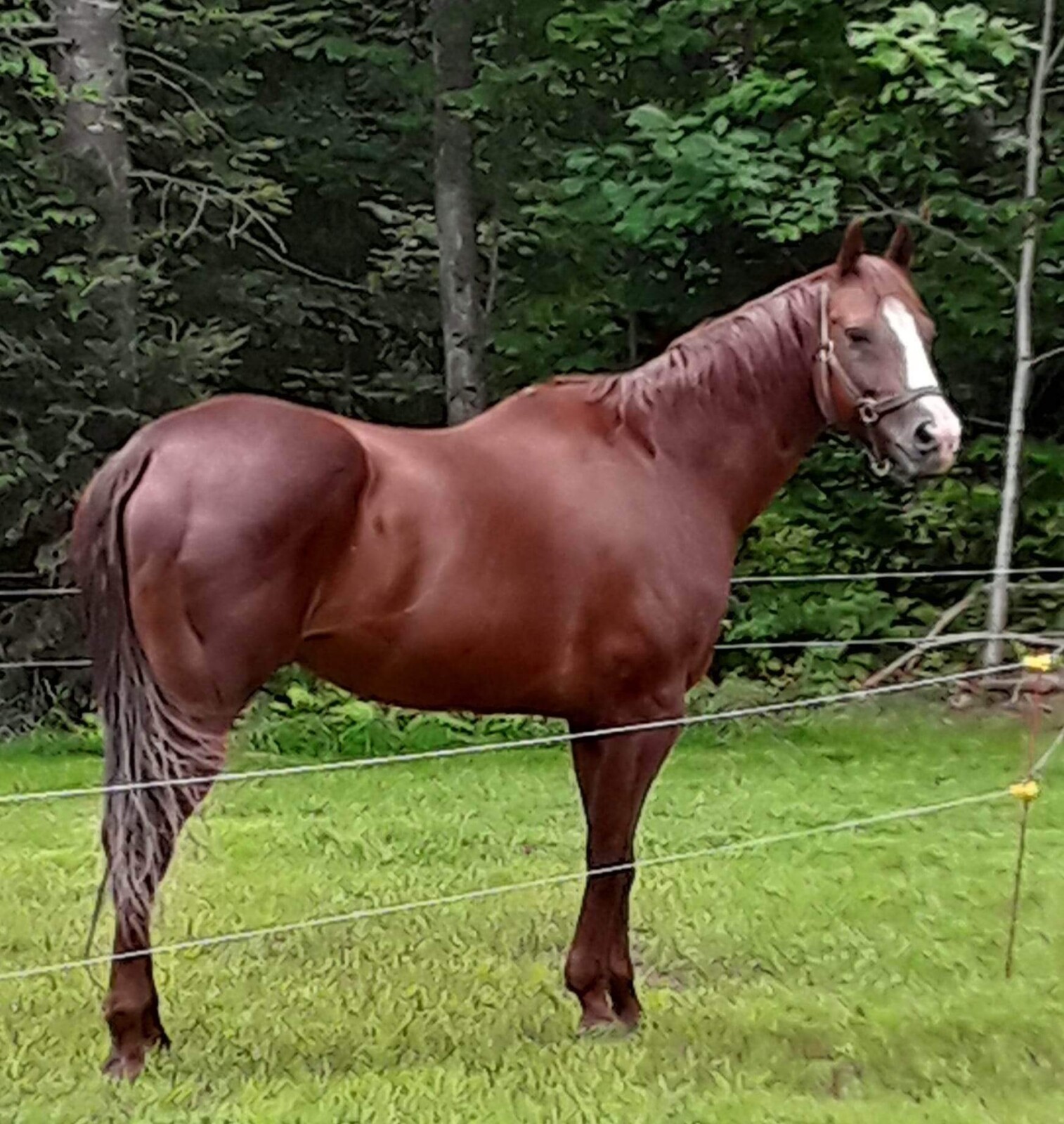
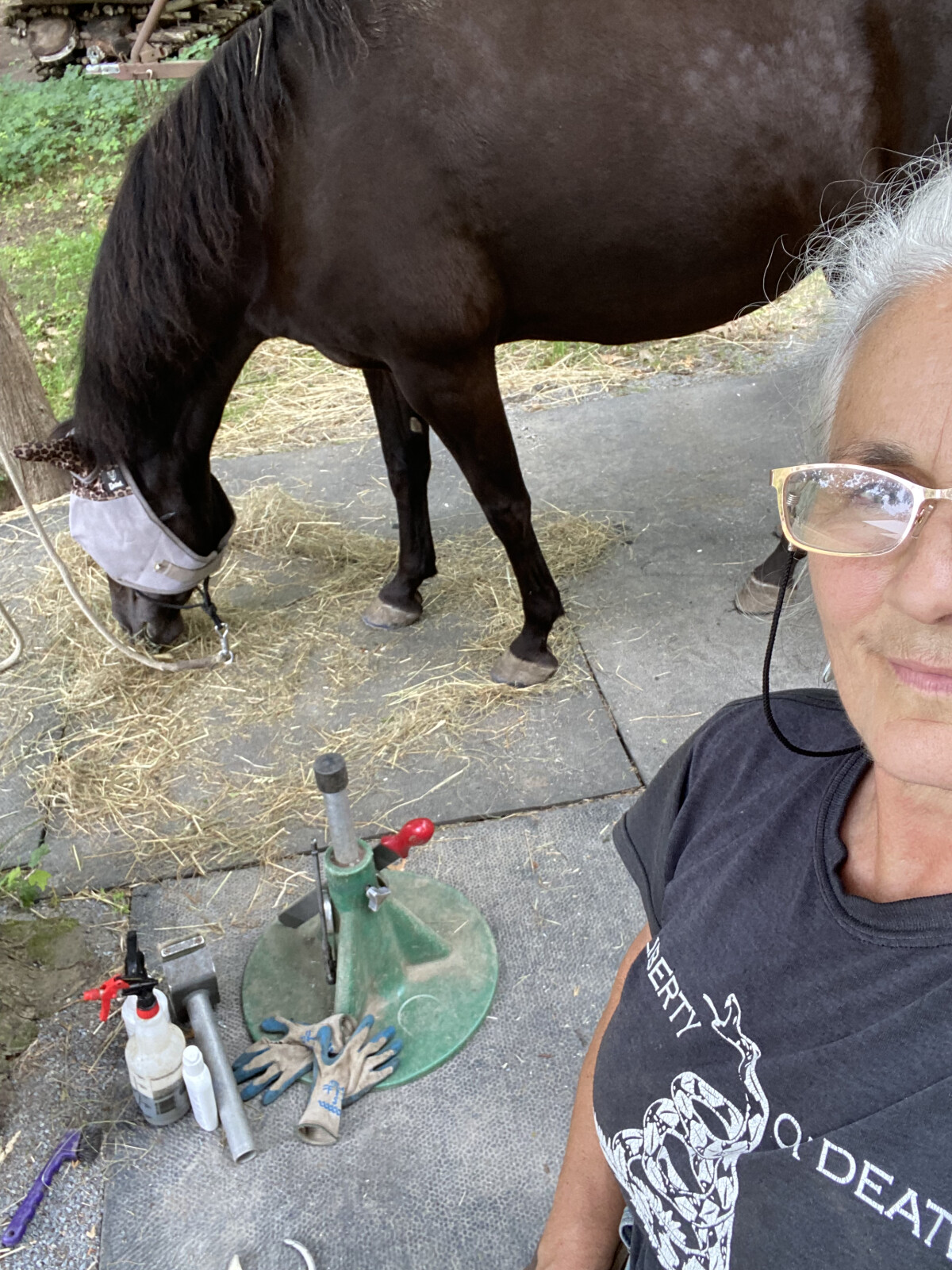
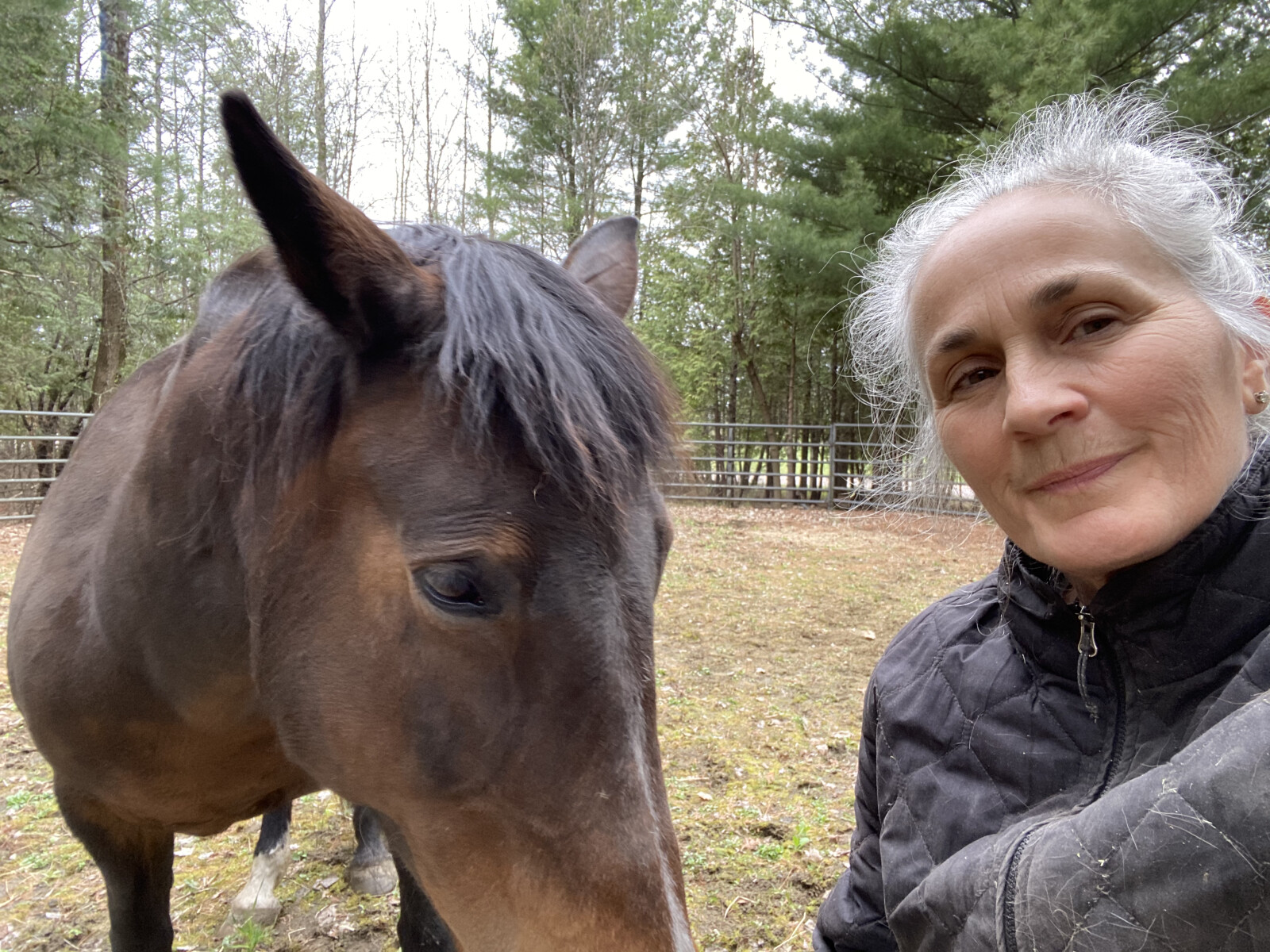
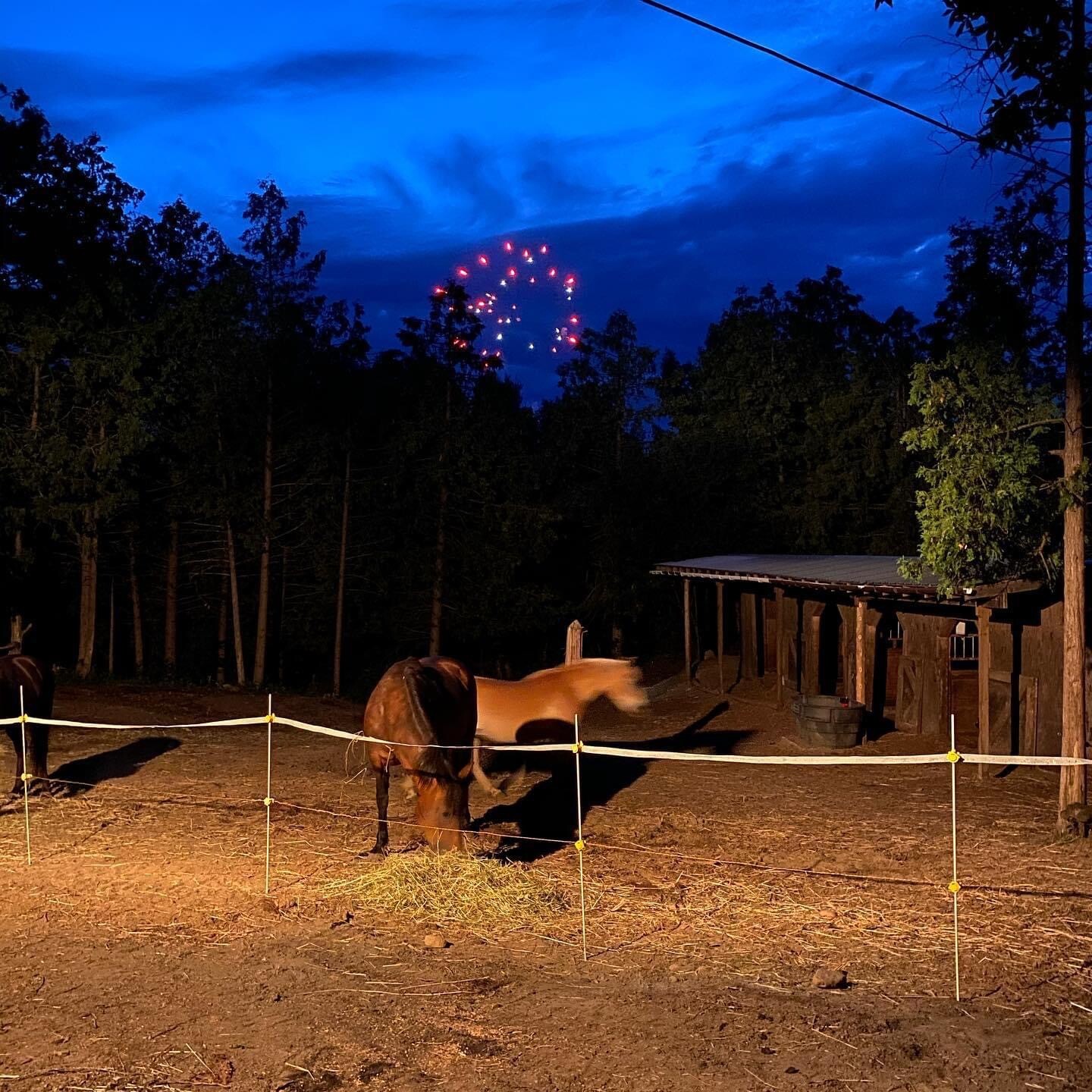
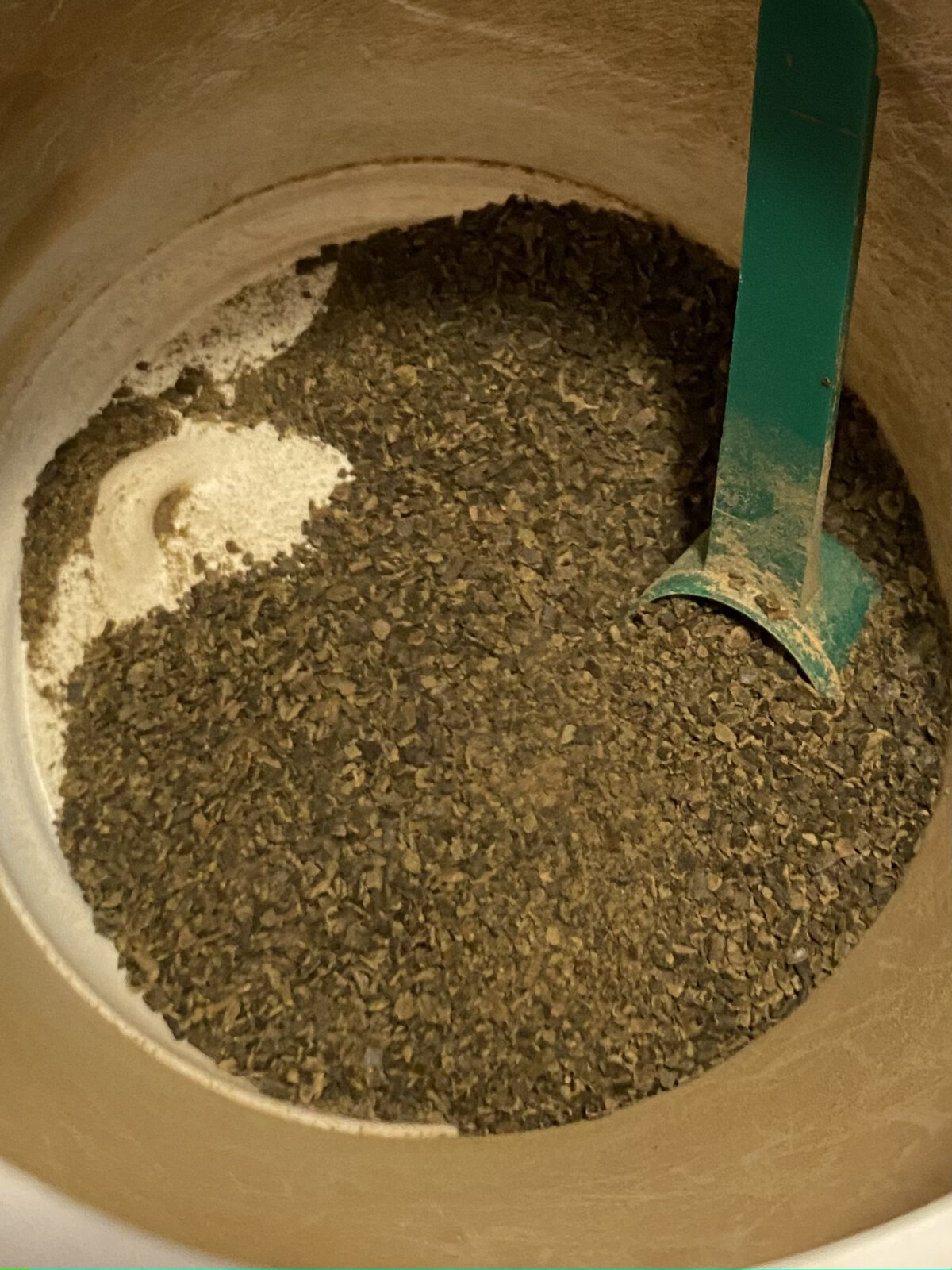
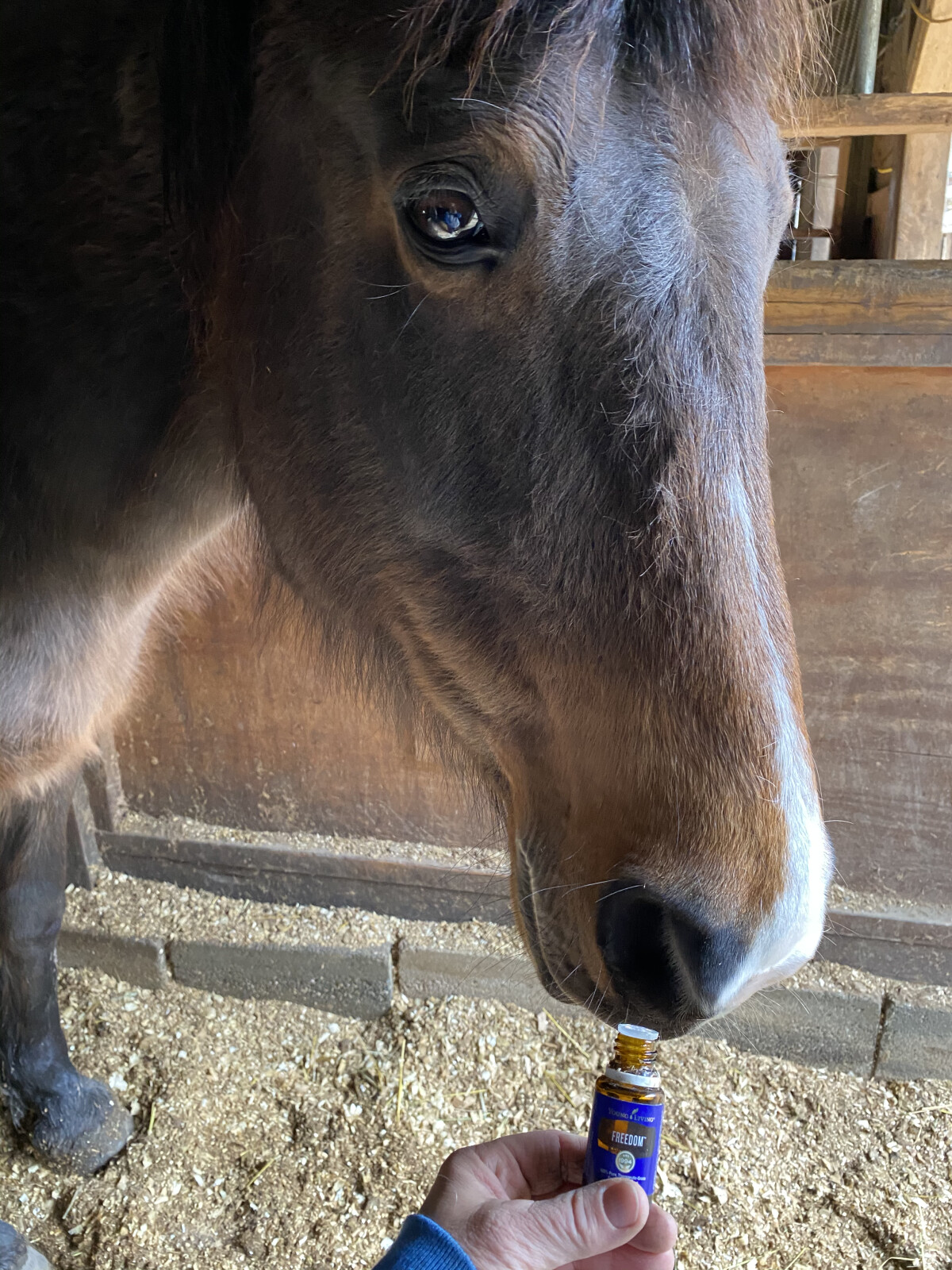
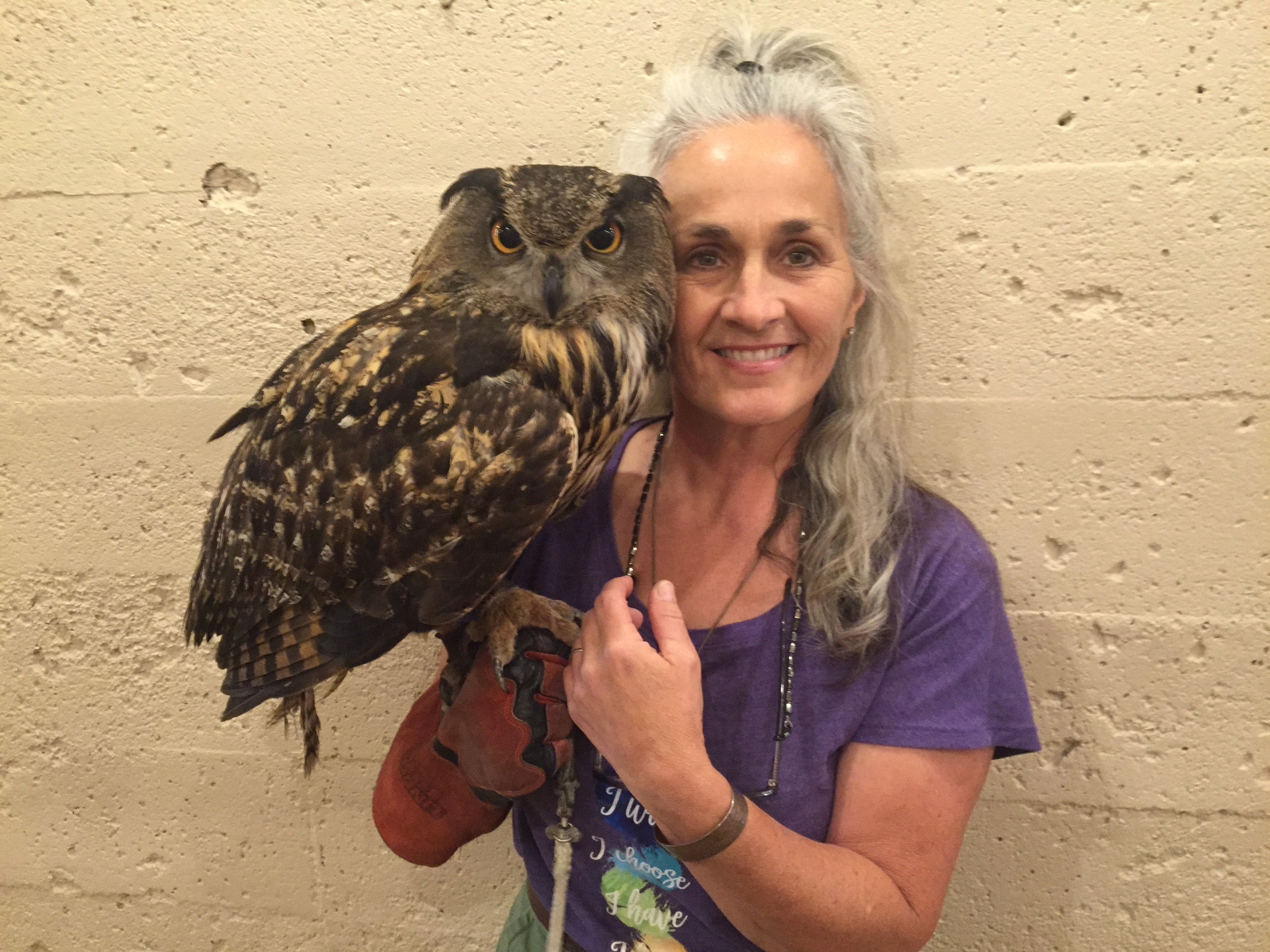
1 Comment